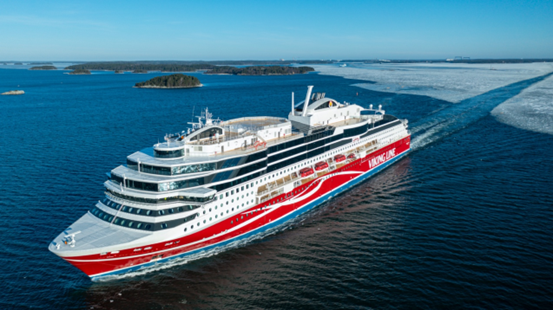Long-lasting and resource-efficient installations are in high demand – today more than ever before.
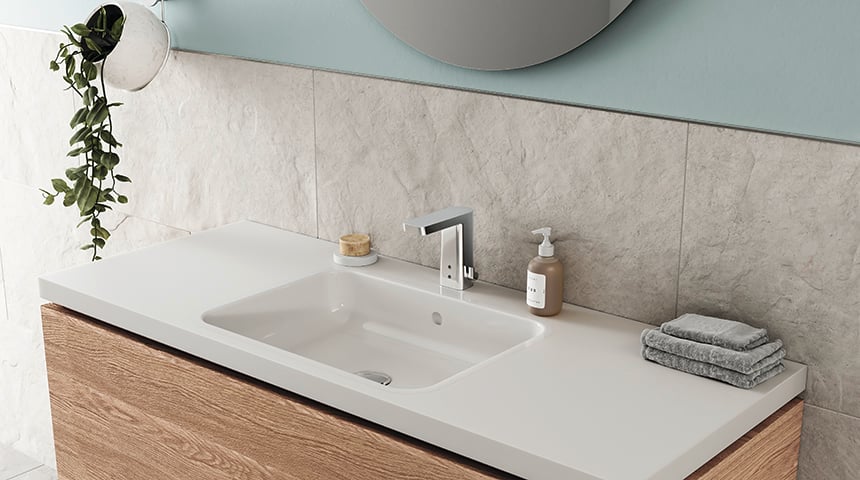 As more and more homeowners are turning to installers to find more sustainable appliances and reduce their overall water and energy costs, here’s what you need to know to consult your customer in the best possible way.
As more and more homeowners are turning to installers to find more sustainable appliances and reduce their overall water and energy costs, here’s what you need to know to consult your customer in the best possible way.
From products that limit water and energy use to innovative digital features that allow you to monitor and control daily consumption patterns, many of today’s faucets come with plenty of ECO features.
But how can installers navigate a jungle of eco-labels and features and provide customers with the kind of information that’s most important to them?
Here are four steps you can take to cut to the core of any eco product.
1. Check for EPDs
EPDs have become an essential standard in the industry. The foundation of Environmental Product Declarations (EPDs) are so-called lifecycle assessments (LCAs). They help you access transparent, verified and comparable information about the life-cycle environmental impact of the products and services you purchase.
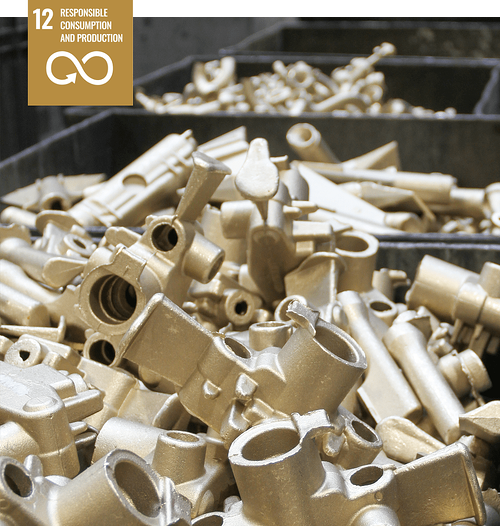
(Learn more about SDG 12: https://sdgs.un.org/goals/goal12)
This typically includes the full value chain, from material extraction and manufacturing to its usage and end of life.
So, before purchasing or recommending an appliance to your customer, always make sure to check for EPDs to get a first assessment of the faucet’s environmental footprint.
Get a quick overview of all our EPD-classified HANSA products and use advanced filters to search for specific categories, product- or installation-types.
2. Get to know crucial resource-saving features
Low flow
Faucets with integrated low-flow features reduce the amount of water released per minute, which can significantly minimise the overall water and energy consumption of your customers’ homes.
Low-flow products come in various forms: from low-flow shower systems to washbasin or kitchen faucets. They are a great choice for customers that aim to save water in their daily lives without cutting down on comfort or convenience.
Cold start
Cold start features help significantly cut down energy use by allowing you to set the default lever position on cold water during installation.
That way, no energy is wasted on heating up water during simple day-by-day operations when there’s no actual need for hot water.
ECO mode
In the shower, thermostats with EcoFlow control and safety-stop, for example, are a great choice for reducing the amount of water released per wash (to only 12l/minute) while a temperature safety stop at 38°C helps save energy and ensures a pleasant temperature to cut down heating costs.
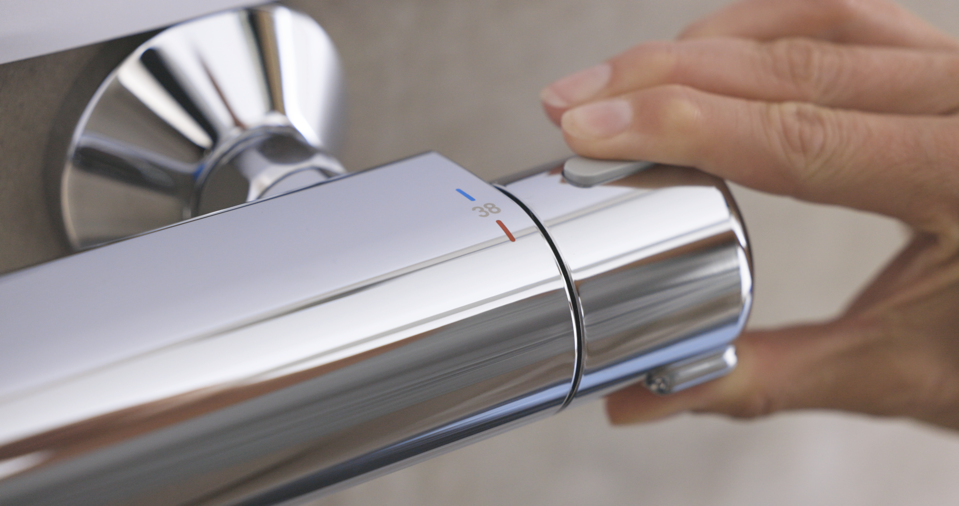
3. Digital solutions that help save water in a smart and convenient manner
Bluetooth-enabled applications
A variety of today’s faucets are equipped with Bluetooth signal which connects the faucet to a user-friendly App. This is a great sustainability benefit for your customers, enabling them to oversee water temperatures and water usage and flexibly customize the faucets’ settings via their mobile device.
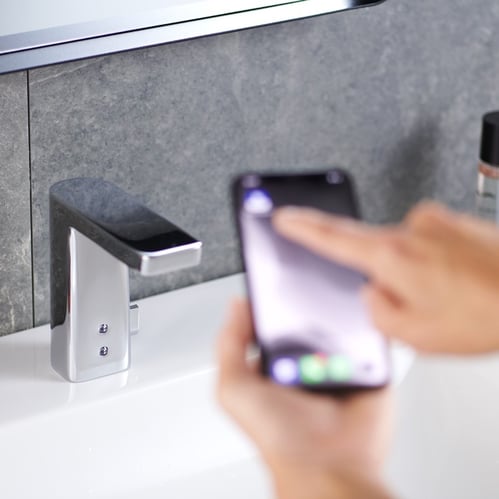
Touchless features
Touchless features can further help your customers minimise water use as water only runs when actually needed.
Water flow is activated and deactivated based on smart integrated sensors, making sure that no water is wasted throughout the day.
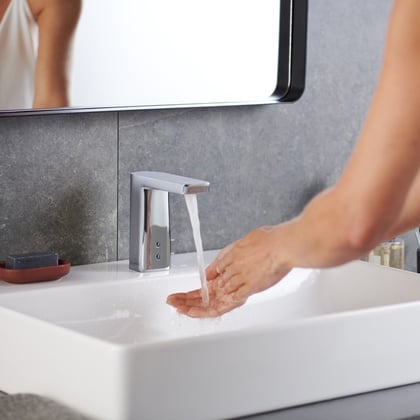
Real-time tracking features
If your customers decide to go a step further, there’s a variety of smart features out there allowing them to track their daily consumption.
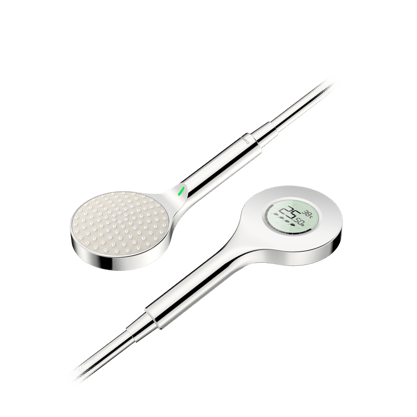
By installing a digital hand shower, for example, they get to monitor water use via an integrated display that signals if the shower time is too long and shows the exact water temperature in real-time. That way, users not only become more aware of their daily water consumption but also adopt more resource-conscious bathroom habits.
4. Sustainability that pays off in the long run
Finally, it’s important to focus on the entire lifecycle of the faucet. While the manufacturing, sourcing and use of materials all play a crucial role, built-in resource-saving features have become the single most effective means to reducing both costs and CO2 emissions.
Fixtures with dedicated ECO functions that limit water and energy use throughout their entire lifetime have a decisive long-lasting impact on our planet and significantly exceed the savings we can achieve through sustainable production and manufacturing methods.


